Sagrada Familia: A Tour Through Gaudi’s Masterpiece
On our fourth trip to Spain, we finally visited Barcelona for the first time. It was mid-summer so it was hot. We decided to limit our activities but our one must do was to visit Sagrada Familia, the life’s work of the famous architect Antoni Gaudi. Here is our day, and our insights, spent with a very knowledgeable private guide, at the incredible Sagrada Familia Basilica.
The first thing to know, is in a country and continent filled with ancient churches, basilicas and cathedrals, this is a relatively new basilica. Construction started in 1882 and when Gaudi died in 1926, only about a fourth of the church was finished. Today it is a UNESCO World Heritage site.
Photo from the early 1900’s. Credit: Sagrada museum
Probably the biggest impression the tour made upon us about Gaudi is that he was a deeply spiritual man who was devoted to his religion and also to the earth and nature. As our guide carefully toured us through the church, this became more and more apparent. Every detail is meaningful, starting with the very ornate facade at the entry. This was part of the church completed in Gaudi’s lifetime.
Gaudi started the project when he was only 29 years old. He worked on it until his death 43 years later. He had many other projects and commissions during that time, but work on the church always continued.
The Nativity Facade
Today, all visitors enter through the East entrance. The main entrance, on the south side, is yet to be completed. This facade, on the entrance and side of the church, was completed in Gaudi’s lifetime. The entrance here is called the “Nativity” representing the birth of Christ. If you look closely you can see the wisemen on the lower left, the angels on the upper right and baby Jesus in the center. The detail is incredible and to think it was all hand carved over 100 years ago, in a visionary interpretation by one man.
Below, are the doors just inside the facade. When you arrive inside the nave, that’s when you realize the ornate doors you came through are the side of the church. The entrance of the church is part that, almost 100 years after Gaudi’s death, is not complete yet. You hear different stories, but work goes on 5 days a week, with a full completion by 2032-2035 depending on who you ask.
WWI deeply troubled Gaudi and that came out in his post war work done in the cloisters part of the church. You see the serpent, representative of the Satan but, rather than an apple in hand is a bomb. I wondered how troubled he would have been to see another world war a little more than 20 years later.
The Interior of Sagrada Familia
Once inside, you’re struck with how different this church is from any other massive Catholic Church. Gaudi is the only person buried in the church in the lower parish. There are also no large ornate paintings, sculptures or adorned artifacts. This is all part of Gaudi’s vision, for the inside of the church to be about the people not things. What you do see is a lot of stained glass.
On the east side of the church the entrance point, the stained glass is made of blues and greens. On our morning tour, light was flooding in through the beautiful glass. It reminds you of morning or even perhaps birth, the beginning.
Staring up at the huge columns, again they are not ornate but unique. Then our guide helped us to see it felt like being inside an outdoor canopy, with the columns as the trees. It is stunning and you really start to pick up the connection to nature that Gaudi envisioned.
A view of the alter. It looks so modern but still with the signature style of Gaudi’s work. The massive structure in the center appears to be a floating canopy. We learned that canopy is a replica of one Gaudí designed for the cathedral in Palma de Mallorca. Suspended in the center is a bronze sculpture of the crucified Christ. There is much symbolism at every turn throughout the church.
The Bell Towers
We were fortunate, in that our tour included a climb to to the top to see the bell towers and the outside mosaics up more closely. Unlike other bell towers we’ve climbed throughout the world, this one was different, it had an elevator. That’s a benefit of a 20th century church!
After a quick elevator ride we were near the top. The views from the first tower were stunning already. In the distance you can see the towers at the Olympic Village from when Barcelona hosted in 1992.
Now you start to get a feel for the enormity of this church. After Gaudí died in 1926, work on the Sagrada Família didn’t stop completely, but it definitely slowed down. Things got even more complicated during the Spanish Civil War in the late 1930s, when parts of Gaudí’s workshop—including his original plans and models—were destroyed. Construction pretty much came to a standstill for a few years, and picking things back up without Gaudí’s full vision was a huge challenge for the architects who followed in his footsteps.
Now we could admire the intricate mosaic work up close—brilliant bits of ceramic and glass catching the light in every direction. Gaudí was especially drawn to mosaic for both practical and symbolic reasons. Our knowledgeable guide shared how Gaudi loved broken pieces—often leftovers or scraps— that could be transformed into something beautiful, reflecting his belief that nature doesn’t waste anything and that beauty can come from imperfection. This technique, called trencadís, became one of his signatures.
Gaudi’s deep connection with nature comes out inside and outside the church. Looking up close at the fruit mosaics, we wondered what was the significance? Turns out the fruit symbolizes the seasons in nature, like the seasons of life. Here, on the west side, late summer/autumn fruits are represented, showing the end of the harvest or season.
The original design of the church had 18 spires planned. They symbolize the 12 Apostles, the four Evangelists (Matthew, Mark, Luke, John), Mary and Jesus Christ. The tallest spire, that will represent Jesus, is still under construction. Once complete the addition of the Jesus Christ spire will make Sagrada Familia the tallest church in the world.
The Walk Down
There’s an elevator up but you have to walk down. It’s about 400 steps. The stone spiral staircases are famously tight, winding, and without a central column—designed by Gaudí in a snail shell–like pattern.
The Passion Facade
We exited on the west side of the church, where we were met by the stark, dramatic Passion Façade. This part of the basilica is newer in terms of construction but was largely envisioned by Gaudí before his death. The west façade represents the end of the season—the final stage of Christ’s life—symbolizing suffering and death. At its center is a haunting depiction of Jesus Christ hanging from the cross, elevated and exposed beneath a canopy supported by skeletal-like columns.
The carvings here are intentionally angular, raw, and stripped down, a dramatic contrast to the joyful, intricate scenes on the Nativity Façade. We learned that they were sculpted by Josep Maria Subirachs starting in the 1980s. We noticed the figures are almost cubist in style—faces chiseled into harsh planes, bodies etched in tension. You’ll find scenes from the Last Supper, the Kiss of Judas, and the Flagellation of Christ, all designed to evoke discomfort and reflection.
Whew! That was a heavy ending to the most fascinating church we’ve ever seen. We learned so much in such a short time.
But, there was more to learn about Gaudi, in his human centered vision. We found a small brick building with a wavy roof. It is the Sagrada Família School, designed by Gaudi in 1909 for the children of the construction workers. He believed all children should have access to education, not just the wealthy. Though made with simple materials, its elegant curves reflect Gaudi’s belief that even practical spaces should inspire.
Originally built on the construction site, the school was relocated in the 1970s to make room for continued work on the basilica.
We had the most amazing tour guide Elisabet. She was extremely knowledgeable and passionate about Sagrada Familia. We booked our private tour through Viator. I know we would not have had nearly the same experience touring on our own or even with a big group.
We crossed into the park for one last look at the Sagrada Família before heading to lunch. After climbing towers, wandering through sunlit naves, and standing beneath Gaudi’s surreal ceiling, this final view felt like a quiet moment to take it all in—unfinished, evolving, and unforgettable. We hope this post has been helpful if you're planning a visit. The Sagrada Família is truly unlike any other historic site we've experienced.

























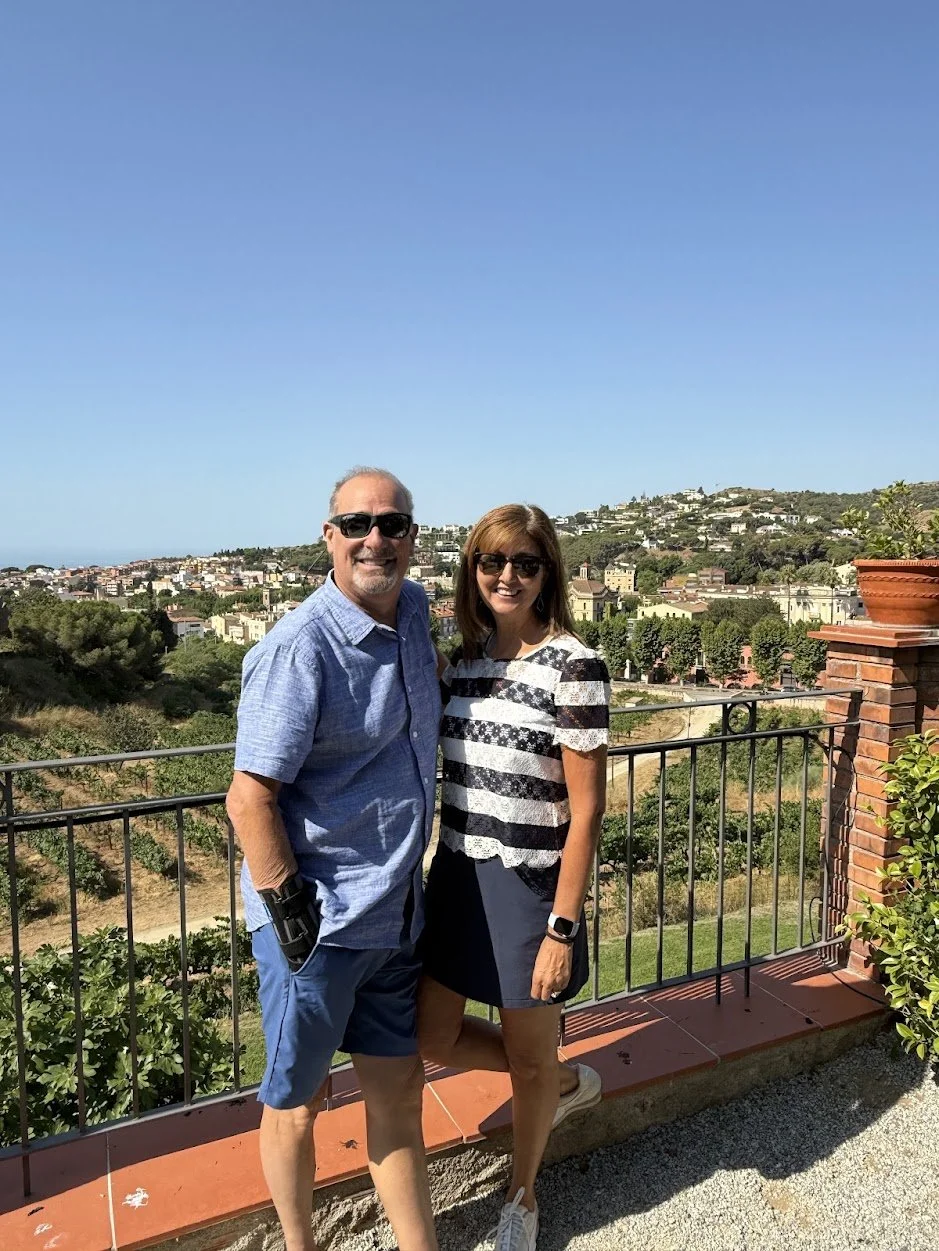

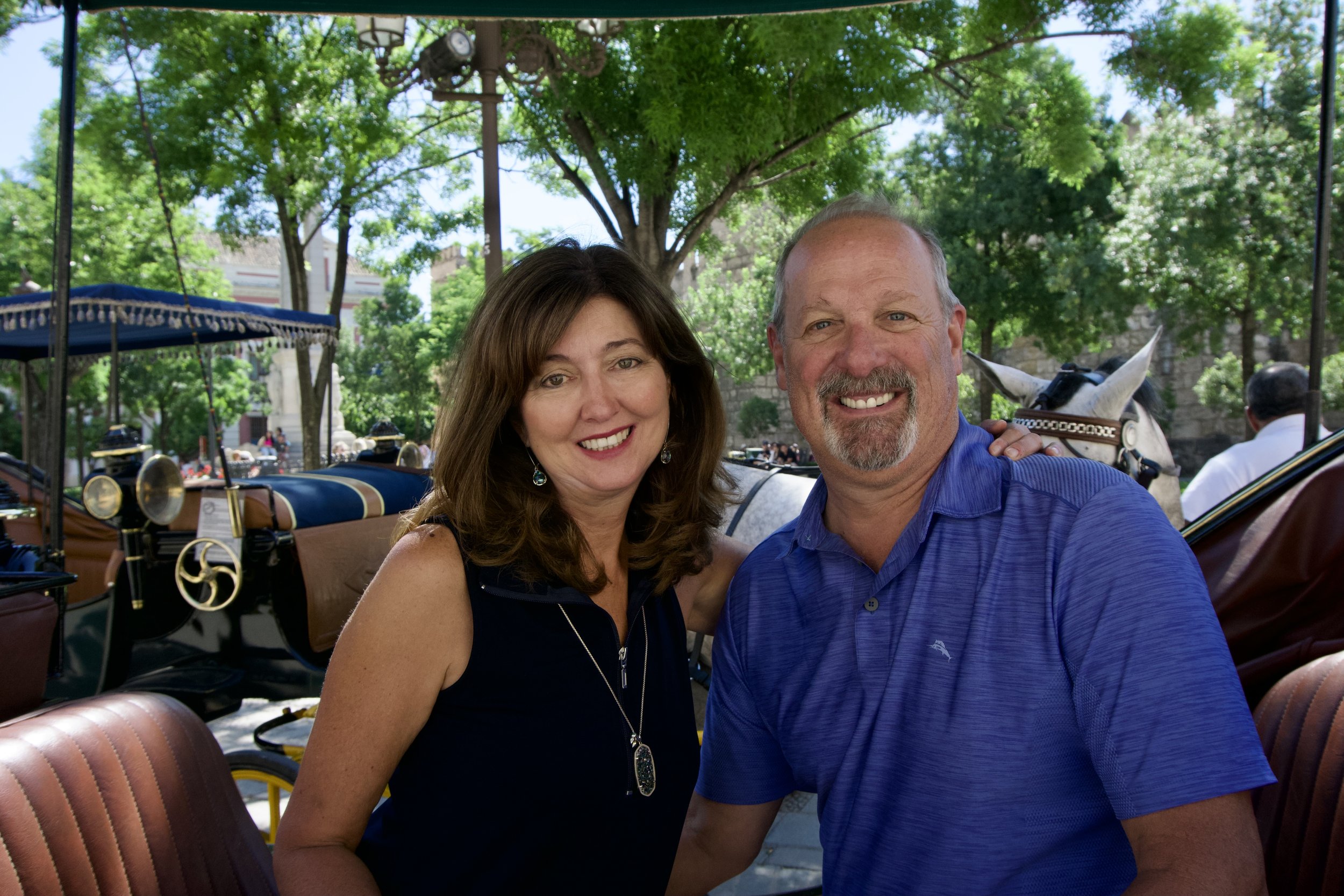
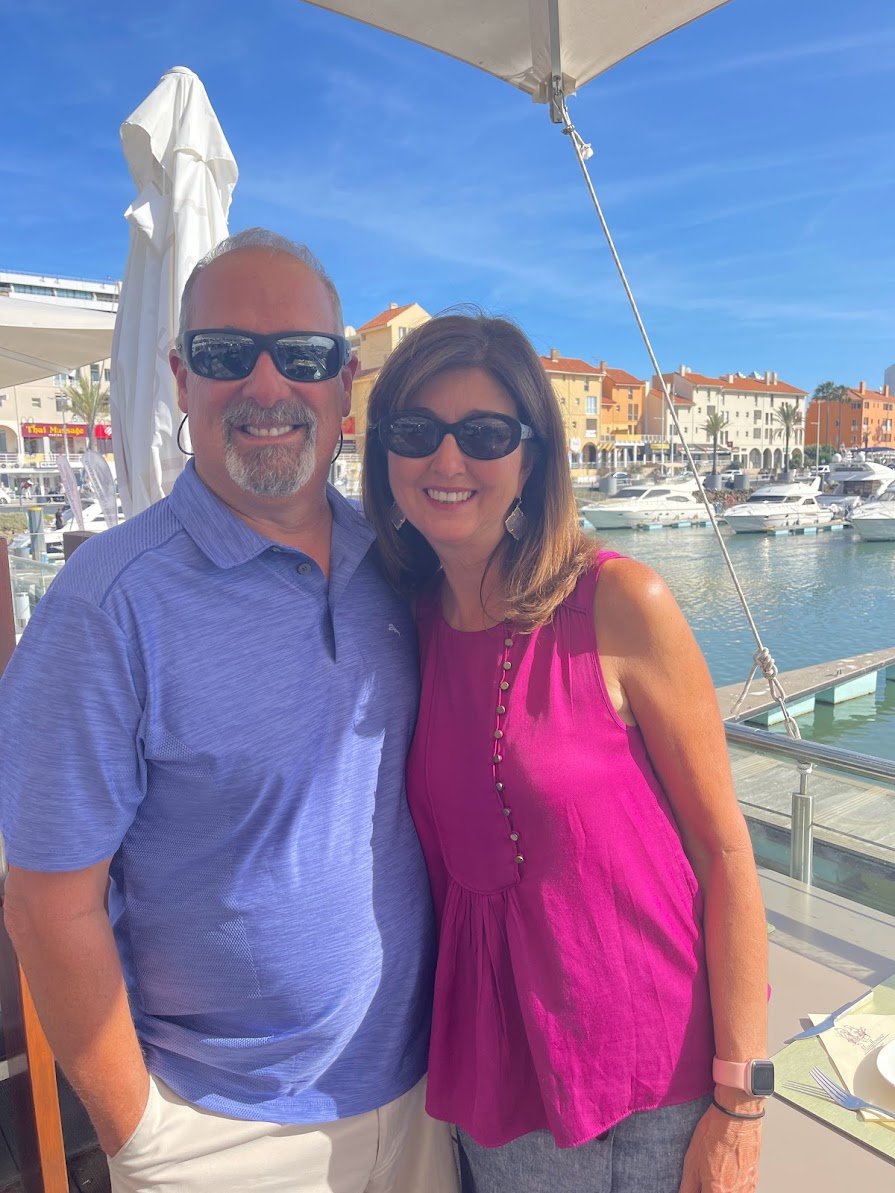
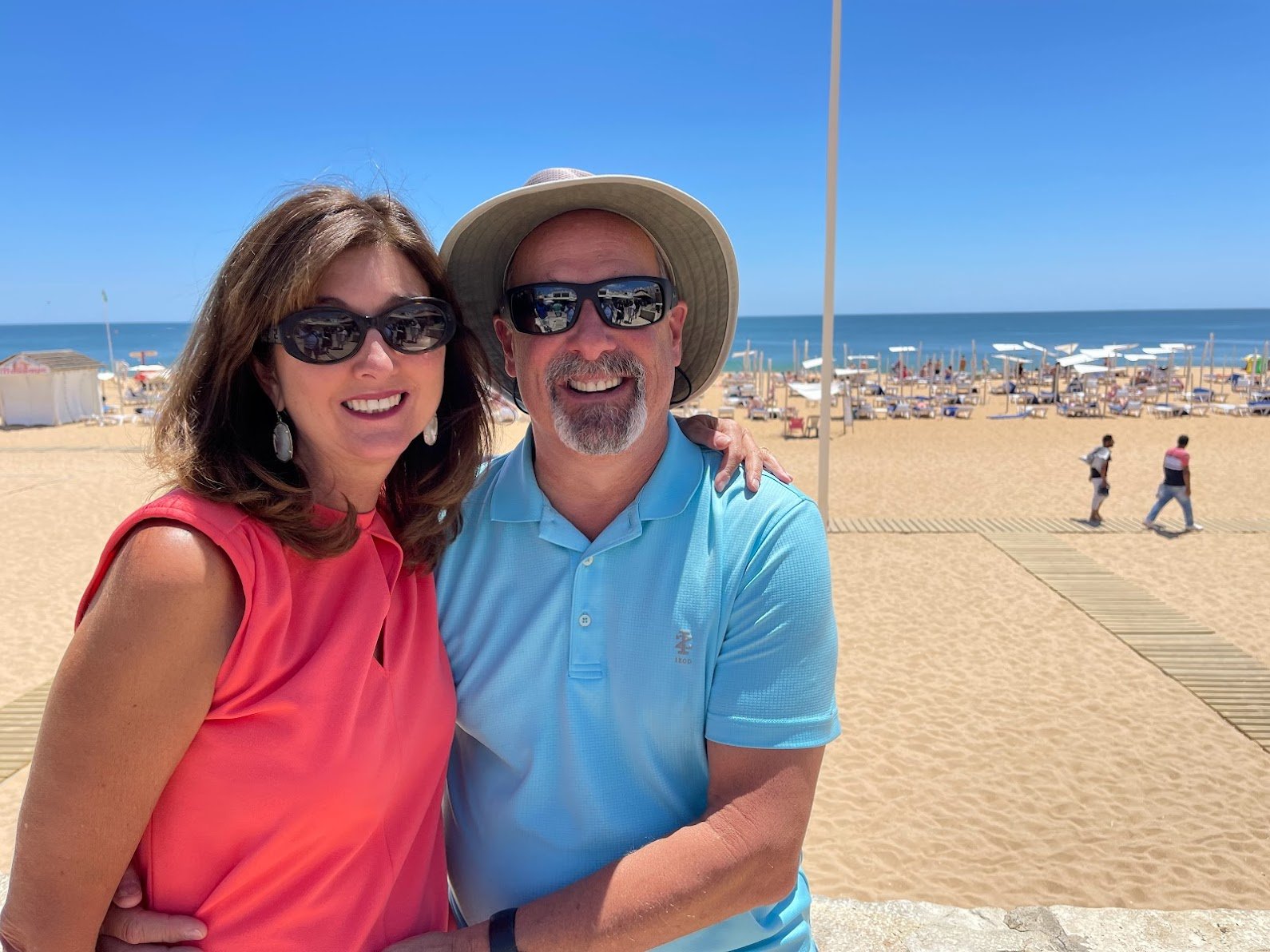

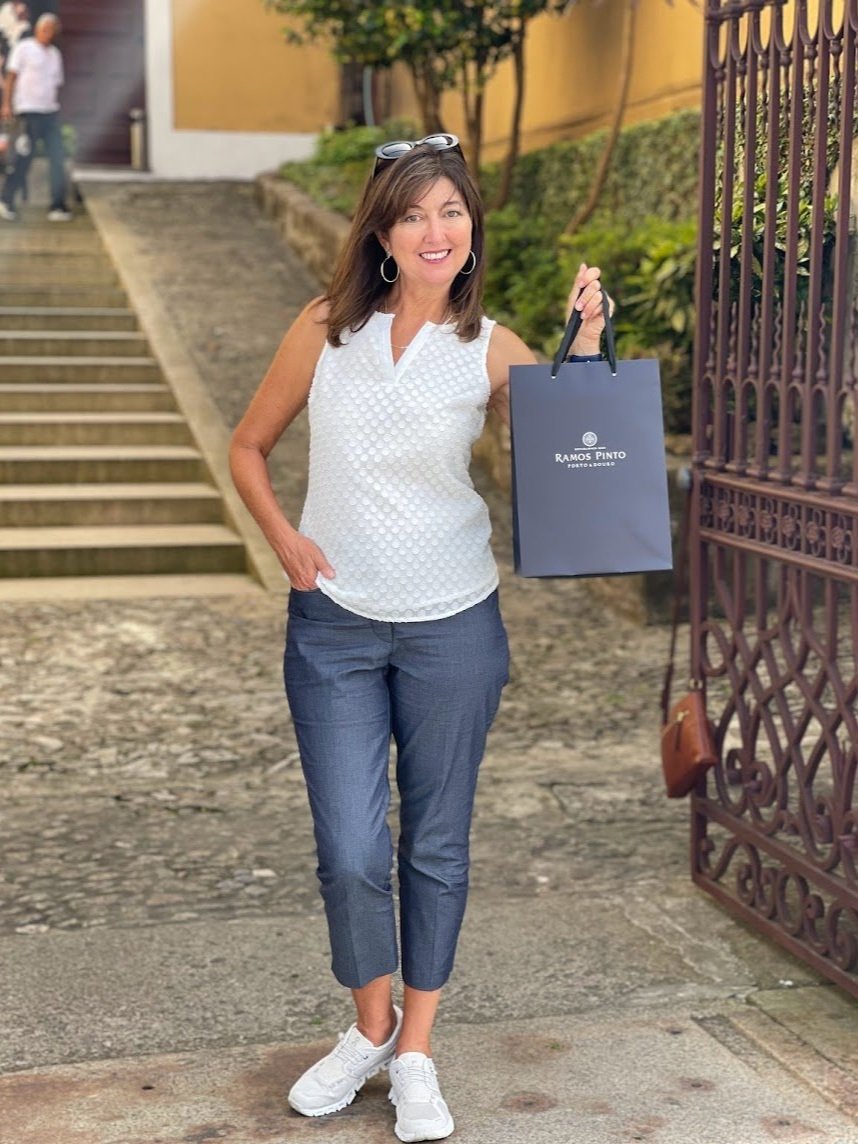

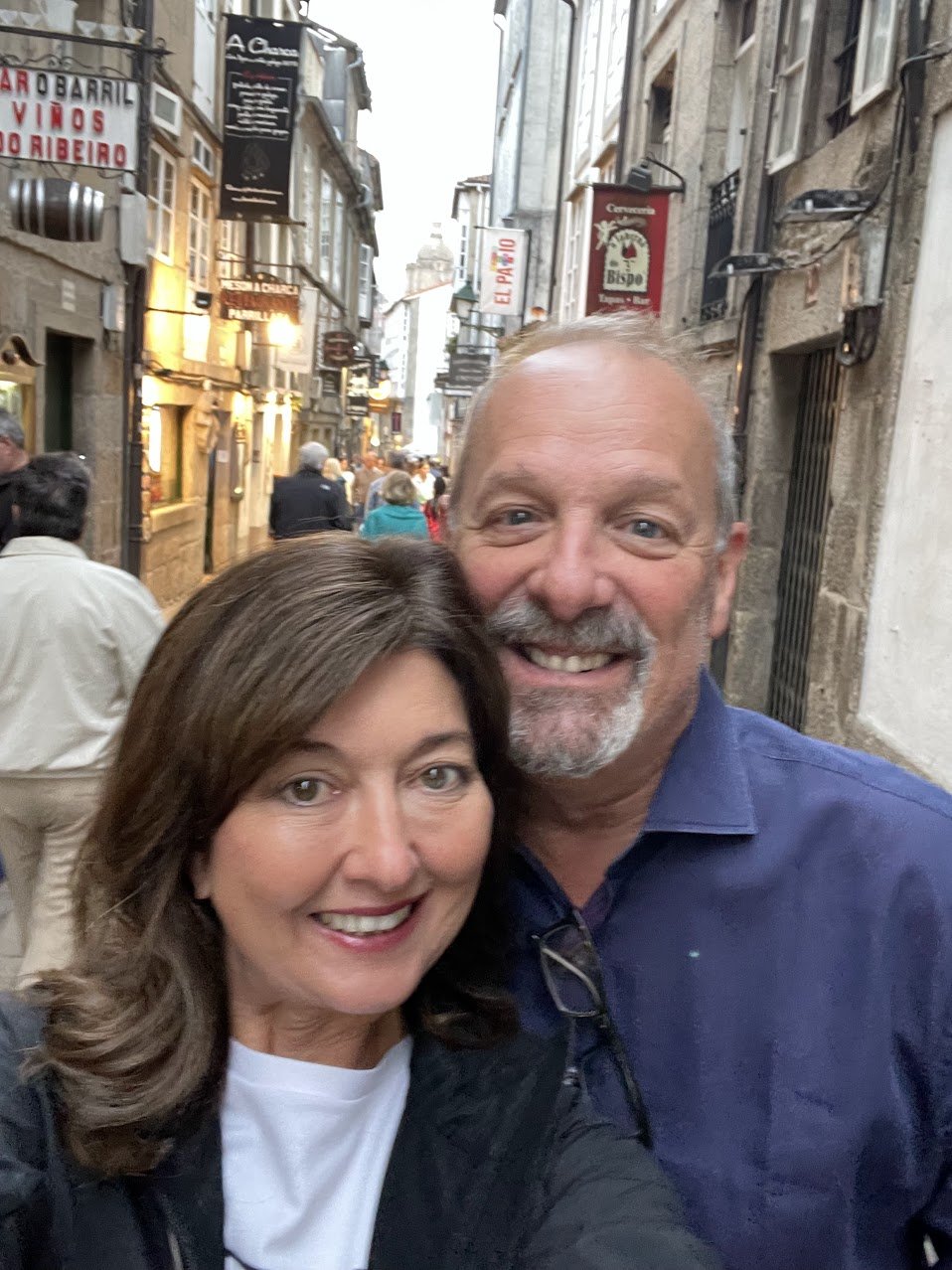
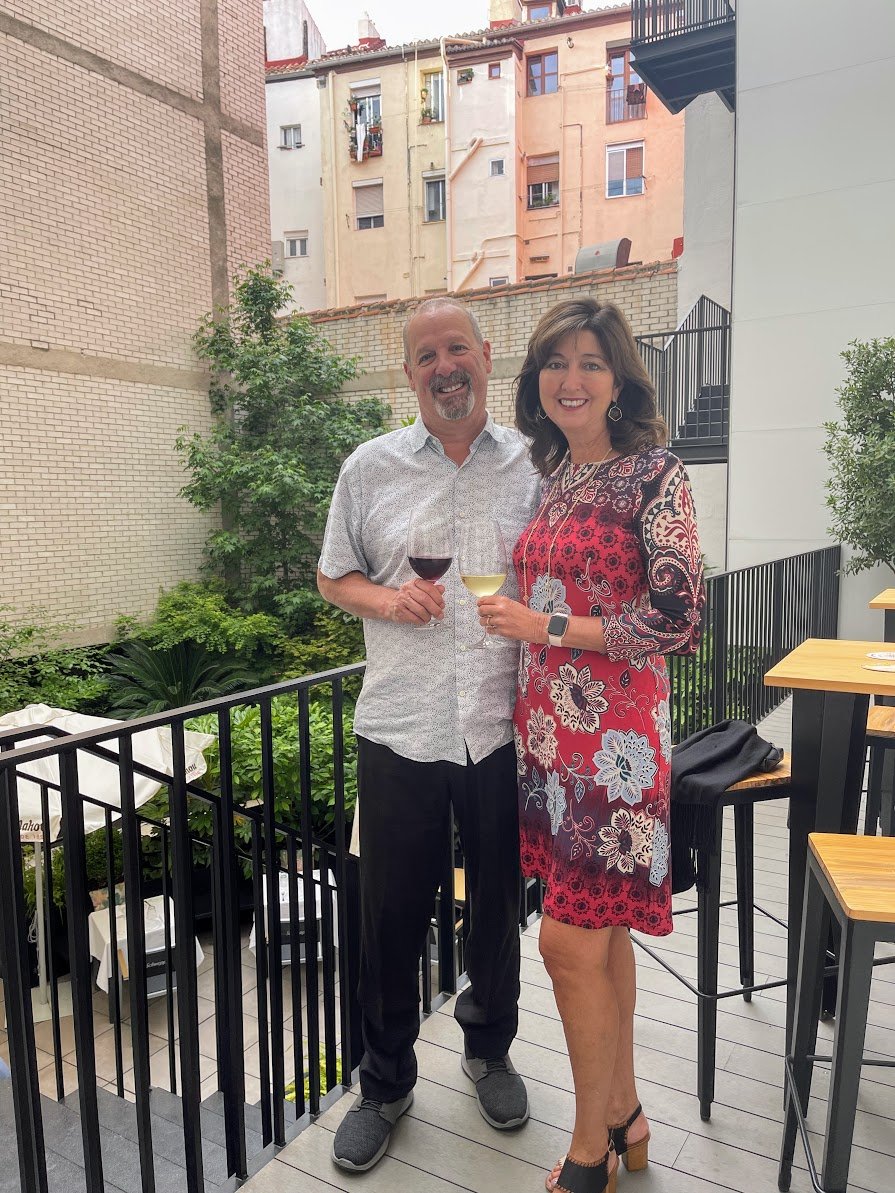
From surreal masterpieces to Spain’s royal past—and lunch at the world’s oldest restaurant.